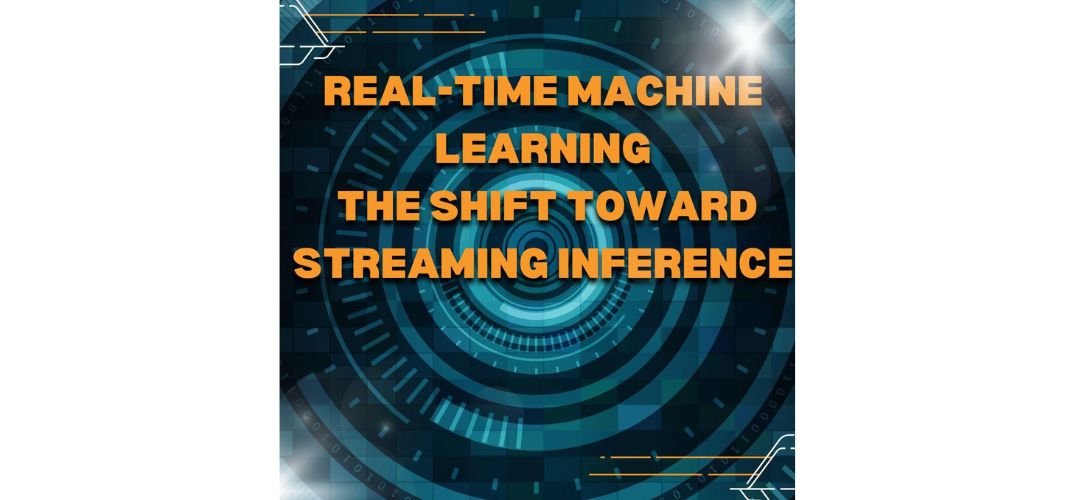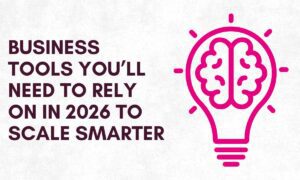In the digital era, Chirag Maheshwari, a researcher at the forefront of machine learning advancements, explores the evolution of machine learning pipelines in his latest study, shedding light on the transition from batch processing to real-time inference and highlighting the impact of streaming technologies on modern ML systems.
The Shift from Batch to Real-Time Processing
Traditional machine learning architectures relied heavily on batch processing, training, and periodically updating models. However, with the rapid expansion of real-time data applications, organizations are moving toward streaming inference systems. This shift allows businesses to process and analyze data continuously, reducing latency and enabling immediate decision-making.
The evolution toward streaming-based ML pipelines represents a fundamental paradigm change in how artificial intelligence integrates with business operations. Modern frameworks like Apache Kafka, Apache Flink, and TensorFlow Extended (TFX) facilitate this transition by providing robust infrastructures for continuous data processing. Additionally, edge computing complements these streaming architectures by bringing inference capabilities closer to data sources, further minimizing response times while addressing bandwidth constraints and privacy concerns that centralized systems often struggle with.
Overcoming Data Freshness and Latency Challenges
One of the primary drivers behind the move to streaming architectures is the challenge of maintaining data freshness. In batch processing, there is often a delay between data collection and model updates. Streaming inference allows models to make predictions based on real-time inputs, reducing the risk of outdated insights. However, implementing such systems requires robust infrastructure to manage data quality.
This transition introduces novel engineering challenges that organizations must navigate. Ensuring consistent data schema enforcement, handling network partitions, and implementing fault-tolerant processing become critical considerations. Stream processing systems must also balance throughput with accuracy while managing computational resources effectively. The emergence of specialized hardware accelerators, like TPUs and FPGAs, has further catalyzed this evolution by providing the necessary computational power for real-time model execution. Additionally, progressive model updating and incremental learning enable continuous model improvement without the complete retraining cycles characteristic of traditional batch approaches.
Hybrid Architectures: The Best of Both Worlds
Many organizations are adopting hybrid models that combine batch training with streaming inference. This approach retains the benefits of large-scale historical data processing while enabling real-time decision-making. Companies can optimize model accuracy without compromising responsiveness by leveraging batch and streaming data pipelines.
These hybrid architectures represent a pragmatic evolution in machine learning deployment strategies, acknowledging that different workloads have varying requirements. While streaming inference handles time-sensitive predictions, batch processing remains valuable for comprehensive model retraining with extensive historical datasets. Modern frameworks facilitate seamless integration between these paradigms, enabling feature stores to synchronize offline and online features. Companies implementing these hybrid systems report significant competitive advantages, including enhanced customer experiences through personalized real-time interactions, improved operational efficiency via immediate anomaly detection, and greater agility in responding to rapidly changing market conditions.
Continual Learning: The Future of Adaptive ML Systems
A significant innovation in real-time ML is continual learning, where models evolve dynamically without requiring full retraining. This approach enables systems to adapt to new data patterns, making them more resilient to concept drift. Unlike traditional models that become obsolete without manual retraining, continual learning architectures enhance the longevity and effectiveness of machine learning applications.
Scaling Real-Time ML with Advanced Infrastructure
Building a scalable real-time ML system requires integrating stream processing frameworks and feature stores. These components ensure consistent feature computations between batch and real-time environments. Additionally, organizations must address challenges related to system reliability, fault tolerance.
Monitoring and Optimization in Streaming ML Systems
Real-time machine learning demands continuous monitoring to maintain performance and detect anomalies. Advanced tracking systems monitor model accuracy, detect data distribution shifts, and ensure feature consistency. Effective monitoring helps prevent model degradation and supports proactive system adjustments, ensuring sustained accuracy in predictions.
In conclusion, the shift from batch to real-time machine learning redefines how organizations leverage data for decision-making. As Chirag Maheshwari explored, advancements in streaming architectures, continual learning, and scalable infrastructures are shaping the future of ML systems. Organizations that embrace these innovations will gain a competitive edge in an increasingly data-driven world.



































